The secret origin of Marc Silvestri
X-Men, Cyber Force, The Darkness, Witchblade, and now Batman - Marc Silvestri has nearly done it all
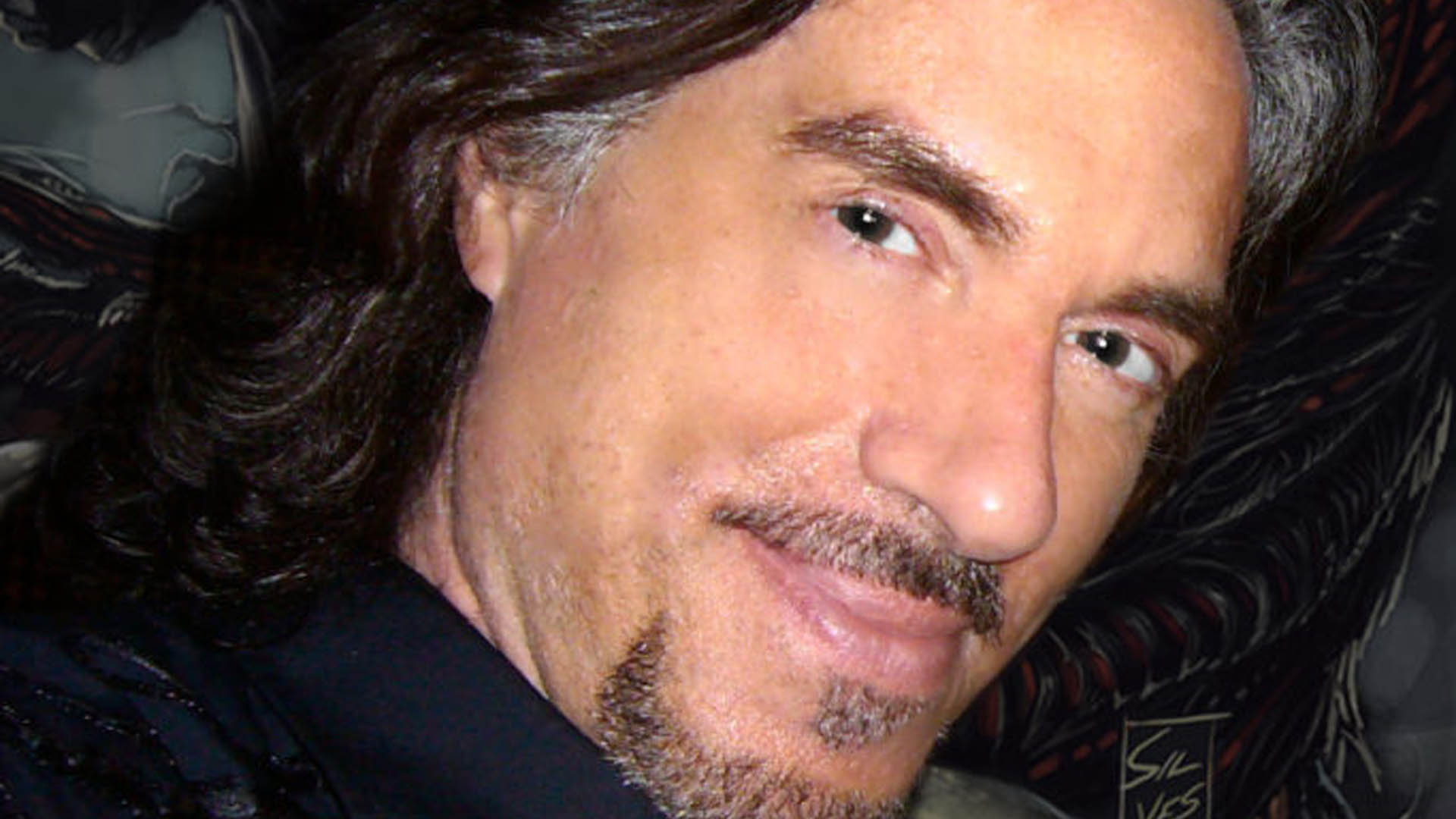
For some, drawing the X-Men is the high point of your career - but for Marc Silvestri, it was just the beginning.
In 1992, Marc Silvestri segued from a five-year stint as an artist on Marvel Comics' X-titles to launching something he still does to this day: Image Comics. The launch of Image Comics was one of the high points to comics in the '90s, in terms of publicity and sales. His launch title, Cyber Force, broke sales records and laid the groundwork for the founding of his own imprint, Top Cow Production.
Silvestri followed up Cyber Force with several spin-offs and the later creation of Witchblade and The Darkness These titles showed off Silvestri's interest outside of straight-up superheroes, exploring sci-fi, fantasy, and horror in the world of comics. Silvestri's Top Cow has grown into a sales juggernaut not only in comics, but in video games, television, and movies.
As part of Newsarama's spotlight interview series 'The secret origin of...', we spoke with Marc Silvestri to learn about his early days as a comics fan and then as a comic creator, what drives him to create, and where those ambitions are leading him next.
[Editor's Note: This interview was originally published on July 15, 2008.]
Newsarama: Marc, let's go right to the beginning - what do you remember as your first comic?
Marc Silvestri: The truly earliest ones where probably Archie comics that my brother and sister had. My first crush was Veronica.
Comic deals, prizes and latest news
Get the best comic news, insights, opinions, analysis and more!
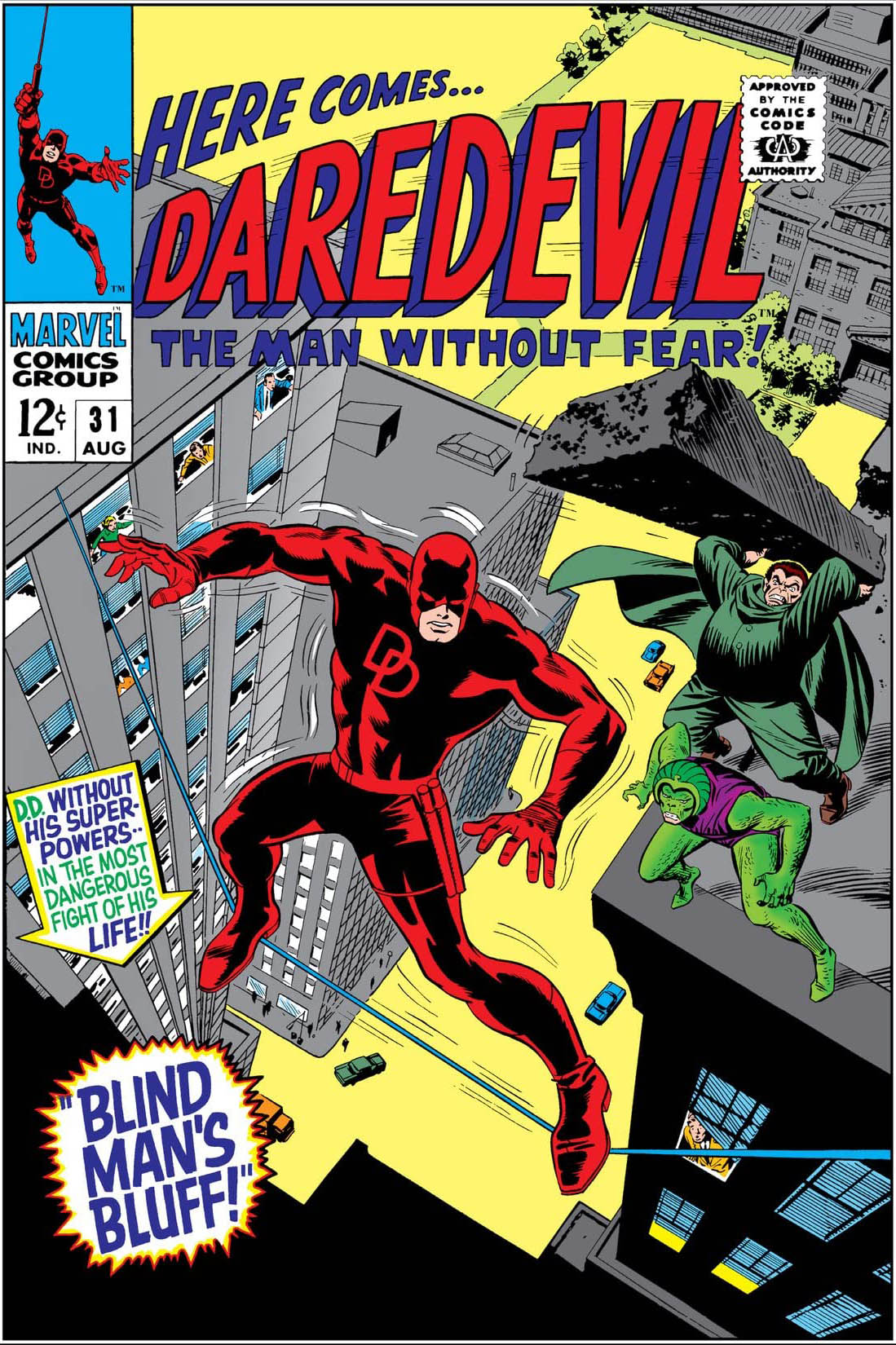
Super-hero wise, it was either Superman vs. Flash or a Daredevil issue when he lost his powers and Mr. Hyde was taunting him on a tightrope or something.
Newsarama: Let's go broader - tell us about the first time you remember seeing a piece of art - and knowing it as 'art'?
Silvestri: The first time I remember being moved by a piece of art was a Frank Frazetta Tarzan paperback cover.
Newsarama: What do you think drew you to Frank Frazetta as a child?
Silvestri: Frazetta to this day cannot be touched when it comes to creating a visceral emotion from a brushstroke. Hit me then, hits me now.
Newsarama: And now, with your position as a luminary in comics and as a business owner in comics and entertainment, do you still hold a deep appreciation for Frazetta's work?
Silvestri: His impact on what I am today will never leave me. I hope that's not an insult to him!
Newsarama: Oh no, I'm sure he doesn't mind at all. At what point did you realize that doing comics was a job and that you wanted to do it?
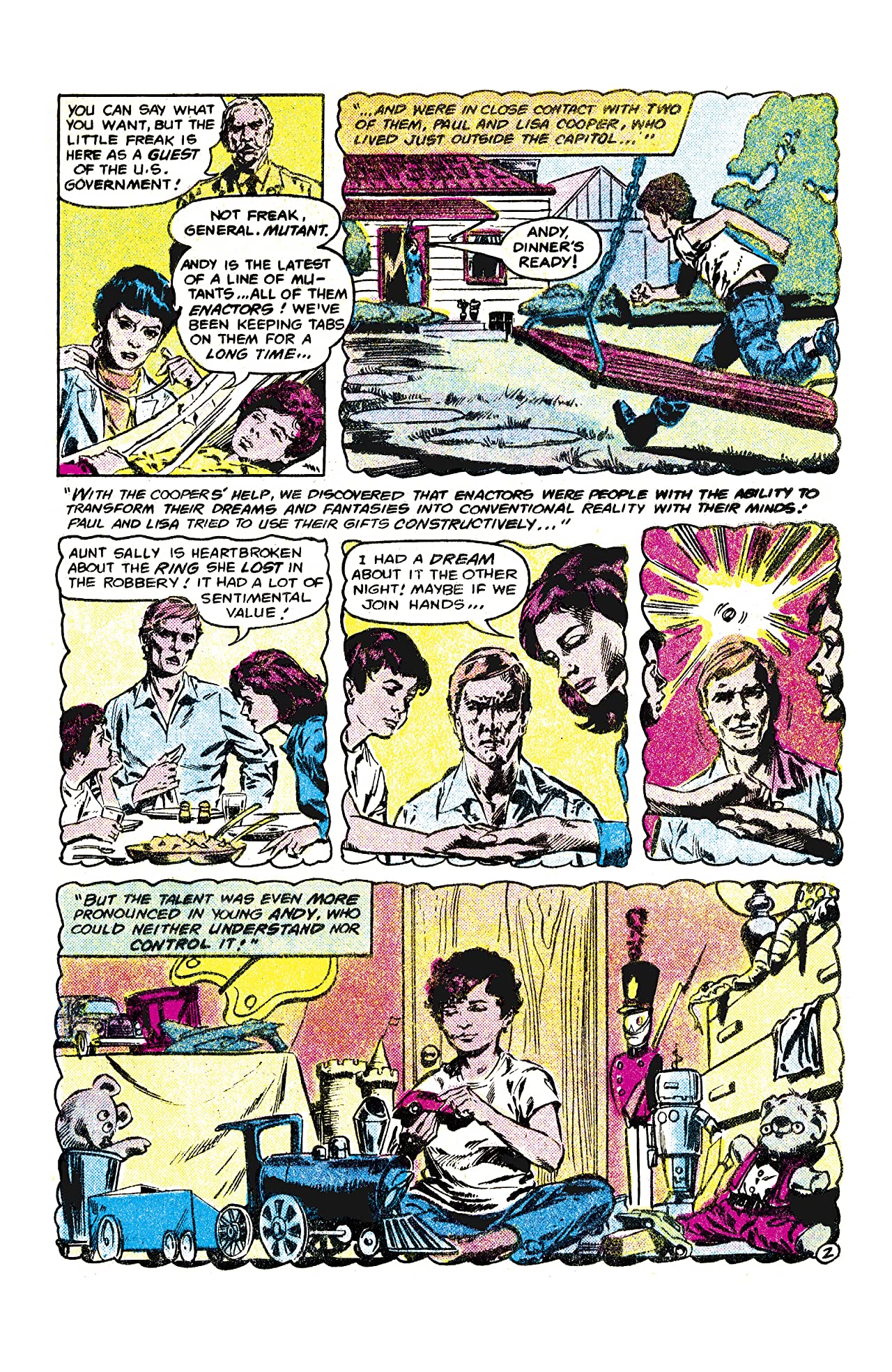
Silvestri: The idea of comics as a job came in my teens, left for a couple of years, and came back when I was 21, about six months before my first pro job. Both times I was motivated by laziness because sitting at home drawing seemed like a pretty cushy gig.
Nrama: I've done some research, and according to an early interview you did, early on in your comics career you considered leaving comics to go to film school. Although you didn't, here you are now with as a producer for a variety of film products – and not just comic adaptations. First off, let's talk about the beginnings – what was your first real film project?
Silvestri: MS: Yeah, just before Image I had hit the ceiling in comics and really didn't know what was left in there for me. Movies – even more than art – formed my childhood so that seemed like the natural place to go. I had no clue how to go there though so I stuck with what I was good at. As it turned out, I can do both! Crazy.
My first real project outside of comics that actually happened was the live-action Witchblade TV show on TNT. Before that I had a stillborn CyberForce cartoon that was at Fox. That didn't work out. Still stings a bit.
Newsarama: Your comics career was established squarely in the superhero genre, but in your own creations you've ventured into sci-fi, fantasy and other genres. In your childhood, were superheroes the dominant thing for you or did other things grab your interest?
Silvestri: Sci-fi, horror, and fantasy was what I was all about as a kid. Still am. That's why a lot of our characters have those elements to them. I just kind of like the blending of the genres.
Newsarama: I heard an interesting story about how you got into the industry, sneaking into a DC editors office during the 1981 Chicago Comic Con. Can you tell us about that?
Silvestri: Yeah, [then-DC vice president] Joe Orlando paid for my brother not taking no for an answer. The line for portfolio reviews got cut off and we went to Joe's room to show him my stuff. He was very patient – not to mention kind for not calling security. He like most of what he saw and a week later I was working for DC and not in jail for holding a comic editor against his will.
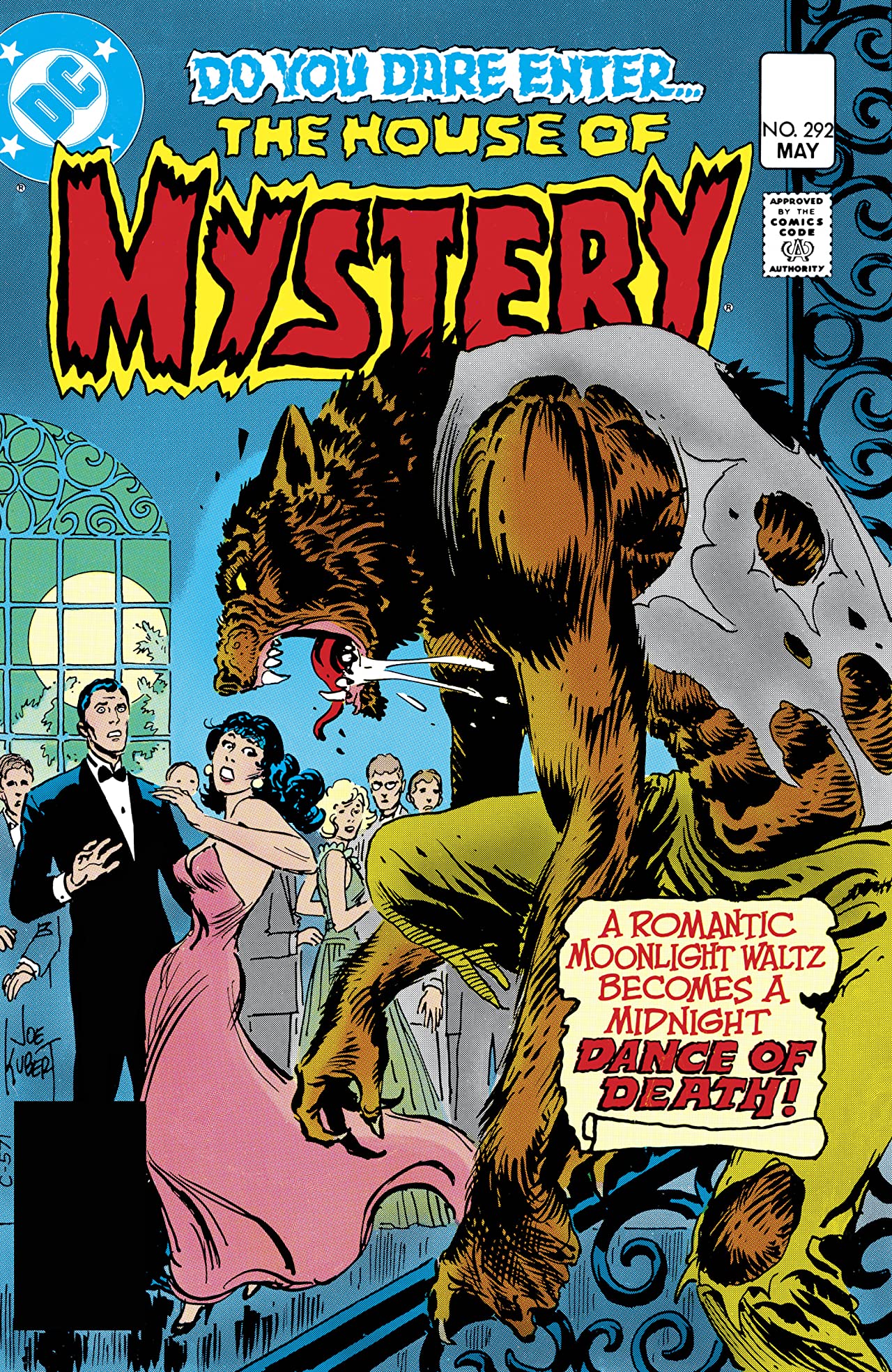
Newsarama: Your first work in comics was a back-up story in DC's Weird War Tales #113, but it was DC's House of Mystery #292 that came out first. Do you ever look back on your early work such as this, and if so, what do you think?
Silvestri: Every once in awhile someone will bring one of those early issues. Kid needed some work. Still blows my mind how long ago it was. Joe Kubert did the cover for my first book. Cool, no?
Newsarama: You really hit your stride when you came on Uncanny X-Men, teaming with Chris Claremont starting in issue #218. At the time, what was that like?
SIlvestri: Intimidating as all hell. Biggest book in comics by its biggest writer and me, a guy still thinking he couldn't draw to save his own ass. Fun though. Good times.
Newsarama: Looking back on your original X-men run – what were some of your most memorable panels or covers?

Silvestri: The 'crucifixion' cover I would guess. I also liked the big brood face cover. It took me awhile to get my cover legs under me though. A good cover is an art form in itself. A lot of my Uncanny X-Men covers sucked. Panel wise, the double pager of Wolvie laying the sloppy kiss on Jean sticks.
Newsarama: I've read that one of your all-time favorite characters has been Wolverine. What is it about Logan that strikes a chord with you so, as a fan and as a creator?
Silvestri: I've always had a thing for the badass loner that comes in, kicks the ass that deserves it, and leaves. Road Warrior was one of my favorite movies.
Newsarama: Let's fast forward to the foundation of Image in 1992. Prior to the idea of striking out on your own with the six other guys, what were your plans for the future?
Silvestri: Before Image came into the picture I was going to figure a way to get into movies. My best plan was as storyboard artist. Didn't happen but it worked out pretty well!
Newsarama: Early on you, Jim Lee, Whilce Portacio, and several others were working under the banner of Homage Studios. What led you to partnering with them in the beginning?
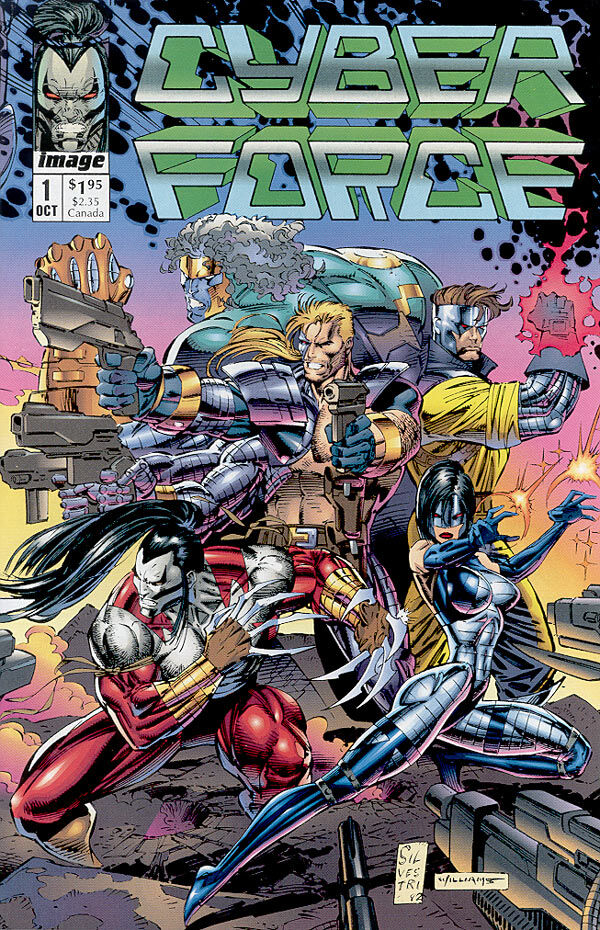
Silvestri: I liked those guys and there was a real feeling of community and wanting to share the Image experience. Plus drawing comics (to this day) is a pretty solitary business.
I was tired of working alone at home. I think the Homage guys felt that way too and just wanted to be around friends that did the same thing. It was a real clubhouse atmosphere there. It's still important for me that Top Cow has that same vibe. There aren't a lot of places left like it. Plus there is no better way to improve as an artist than being around others that are as good or better than you.
Newsarama: So what led you to go your own way with Top Cow?
Silvestri: I wanted to move what I did in comics into other media and the commute from San Diego to Los Angeles was not gonna work. I was sad to leave but to take a serious shot at Hollywood I had to be in Los Angeles.
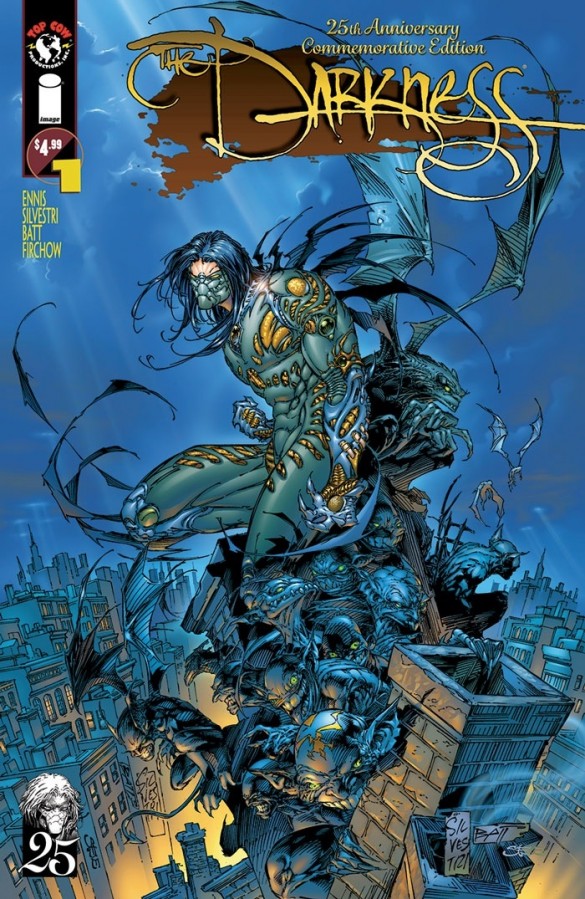
Newsarama: After the initial years of Top Cow with you putting out Cyberforce, the Darkness, Witchblade, and others you took a back seat to drawing comics and instead focused on the behind-the-scenes work. What led to this?
Silvestri: I've got the attention span of a hummingbird and I can't draw fast enough to get my ideas out.
Also, I don't think people understand how difficult drawing on a deadline is. It can be a killer and I was a bit burned out in that area but my creativity was soaring. And again, there were opportunities forming in other media. Remember, this was pre X-Men movie so getting someone to actually make anything comic book based was a feat bordering on superhuman. That alone took a lot of my time away from drawing.
Let's not even talk about the mounting pressure of trying to grow a company in a falling market.
Newsarama: You've said in interviews that coming back and working on New X-Men with Grant Morrison "re-energized" you. Can you tell us about that?
Silvestri: Grant was/is a writer I've always respected and wanted to work with. I'd had a nice break and a Morrison X-Men project was a good way to get my name up there again. Plus, what was pitched to me was right in my strike zone. The entire run was stuff I love to draw.
Newsarama: Reading over the body of your work, one thing I've noticed is that you've never spent any significant amount of time in the DC realm working on their core titles.
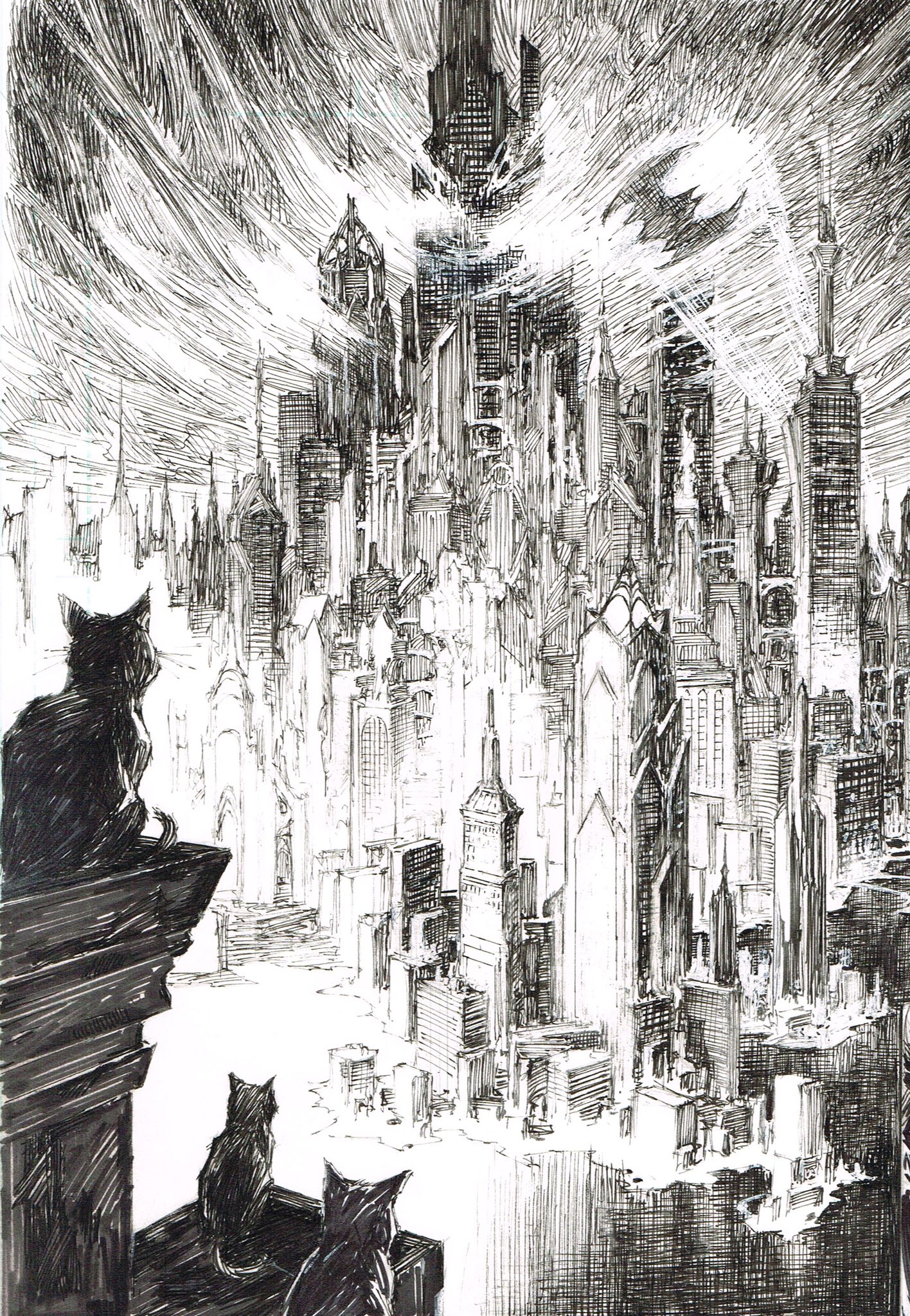
Some creators are perfectly happy creating their own work, while others like to come in and draw their favorite heroes for Marvel and DC. Is there a Superman, Batman, or other DC story in you that you're itching to tell?
Silvestri: I have a Batman story that I must tell before I die. I'll write it and draw it, even if I'm 80 years-old.
Newsarama: You've seen your creations come out as animated series, television series, and most recently a video game. Do you still think of comics as your primary medium to create in, or has these opportunities expanded the places where you consider doing something new?
Silvestri: Comics are in my blood. They will continue to be a great source of content for other media (comics can't exist without those other outlets) but it will always start with the comic. Comics are the new spec script in Hollywood.
Newsarama: Which of your own creations do you feel the proudest of, and why?
Silvestri: The Darkness. He feels like an outlet for me. I just wrote a very personal film treatment that I feel would be the basis for a great comic movie.
Newsarama: Let's look at your work another way – of all the titles and characters you've made, which do you think was the most over-looked that didn't work out the way you planned?
Silvestri: I think there is still much to be mined from Evo, Hunter-Killer and Inferno. We're revisiting some of the titles like, Aphrodite IX and there are certain aspects of Cyber Force that I would like to retool and re-launch. I think Cyber Force can be a valid title again with some clever updating.
Newsarama: Who would you say your closest friends in the comic industry are now?
Silvestri: Despite our well-publicized head butting the Image guys remain buds. We'll always have that big "I" and everything that went/goes with it as the glue that bonds.
All the artists that have gone through Top Cow I'd consider friends as well, regardless of where they are now.
Even though geography makes it impossible I'd like to think Mark Millar would be a steady drinking partner and Nick Barrucci has been a friend for a long time. I've known John Romita Jr.. forever, Walt Simonson as well.

Most of the people I consider friends in comics I only see occasionally because of the nature of the business. There are actually quite a few now that I think of it so I'll stop now before I slight anyone else!
Newsarama: As both a comics creator, a fan, and as a business owner in the comics industry, I'm interested to hear your thoughts on the future of the medium. Where do you think its going?
Silvestri: As I said before, comics are the new Hollywood spec script – which should not be taken to sound cynical because it is what's keeping our industry alive. Love it or hate it the fact remains that publishing comics for the sake of publishing comics is a losing venture that has caused several spectacular meltdowns. I'd say it's a pretty safe bet that without a little movie called Spider-Man the entire comic industry would look very different today.
Comic books have entered the big leagues as far as worldwide entertainment goes and there is literally no turning back. I think some purists have issues with that but rest assured, without the revenue stream of big media purists and comic fans in general would have nothing with pictures and word balloons to read. When the day comes that the rest of the world tires of comic-based blockbusters, we who love and live by comics may have to start sweating. We can never forget that in the grand scheme of things our little corner of the world is actually a very little corner. The ugly truth is the vast percentage of people who saw Iron Man had no clue what he was before the movie.
Newsarama: Almost every picture I've seen of you at the drawing table has been with headphones on. Is music a big part of your drawing work, and what do you listen to?
Silvestri: Music is sometimes important to set the mood to draw. This often means just getting all the voices out of my head and clearing room. Basically, sometimes you gotta empty the brain and open yourself to the art. Loud music can do that if focus is a problem at that moment. Music can have the opposite effect if you are already in the zone and when I'm in that space I need graveyard quiet.
My musical taste is all over the map from Iggy Pop to the Clash to Massive Attack to Jay-Z and Arcade Fire. You can throw in Radiohead and New Order and Johnny Cash while you're at it.
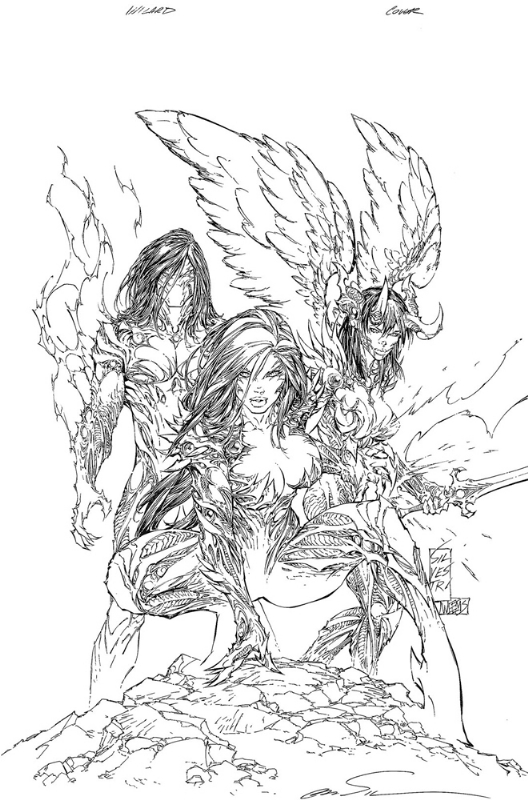
Newsarama: You've created some amazing work that's in comic books worldwide, but the original art is also hanging up in walls all over the world. For you, what original art of others do you have that you're most proud of?
Silvestri: It's still flattering when people spend hard-earned money on my work. I'll always be appreciative of that.
My personal original art pride and joy is an Alex Toth story called 'Thunder Jet'. I bought all 8 pages years ago and I'm having them reframed right now.
Newsarama: When you're drawing, is there any pieces that you don't put on the market – that you save for yourself? If so, can you tell us of a specific piece that you hold dear and why you kept it?
Silvestri: Yeah, I've got a couple that for one reason or another mean something to me so I've kept them – or priced them so high no one would ever buy them!
I've got Batman sitting in a chair that I did awhile back and the double page of the Sentinel standing with the moon behind him from Grant's New X-Men.
Newsarama: What do you do when you're not drawing comics, working ideas for Top Cow, and doing business. What do you do for fun?
Silvestri: That pretty much is my fun! It's not as pathetic as is sounds as there are so many interesting things going on right now. Eating is good. TV is bad. I like hitting a good movie. Going out at night is fun if it's with the right people. I could probably use a vacation. And a beer would be nice.
Check out this list of the best Non-DC and Marvel superhero universes out there.
Chris Arrant covered comic book news for Newsarama from 2003 to 2022 (and as editor/senior editor from 2015 to 2022) and has also written for USA Today, Life, Entertainment Weekly, Publisher's Weekly, Marvel Entertainment, TOKYOPOP, AdHouse Books, Cartoon Brew, Bleeding Cool, Comic Shop News, and CBR. He is the author of the book Modern: Masters Cliff Chiang, co-authored Art of Spider-Man Classic, and contributed to Dark Horse/Bedside Press' anthology Pros and (Comic) Cons. He has acted as a judge for the Will Eisner Comic Industry Awards, the Harvey Awards, and the Stan Lee Awards. Chris is a member of the American Library Association's Graphic Novel & Comics Round Table. (He/him)



